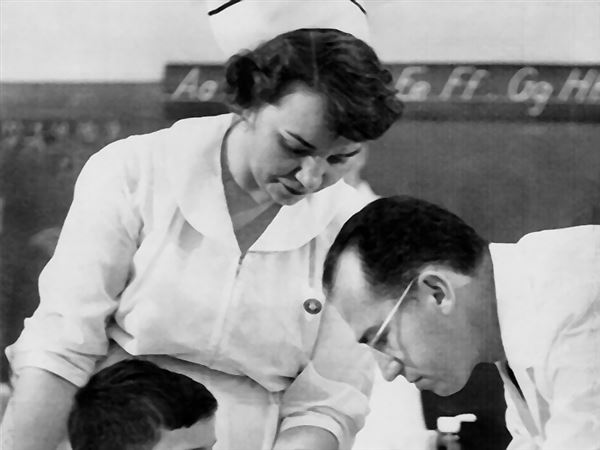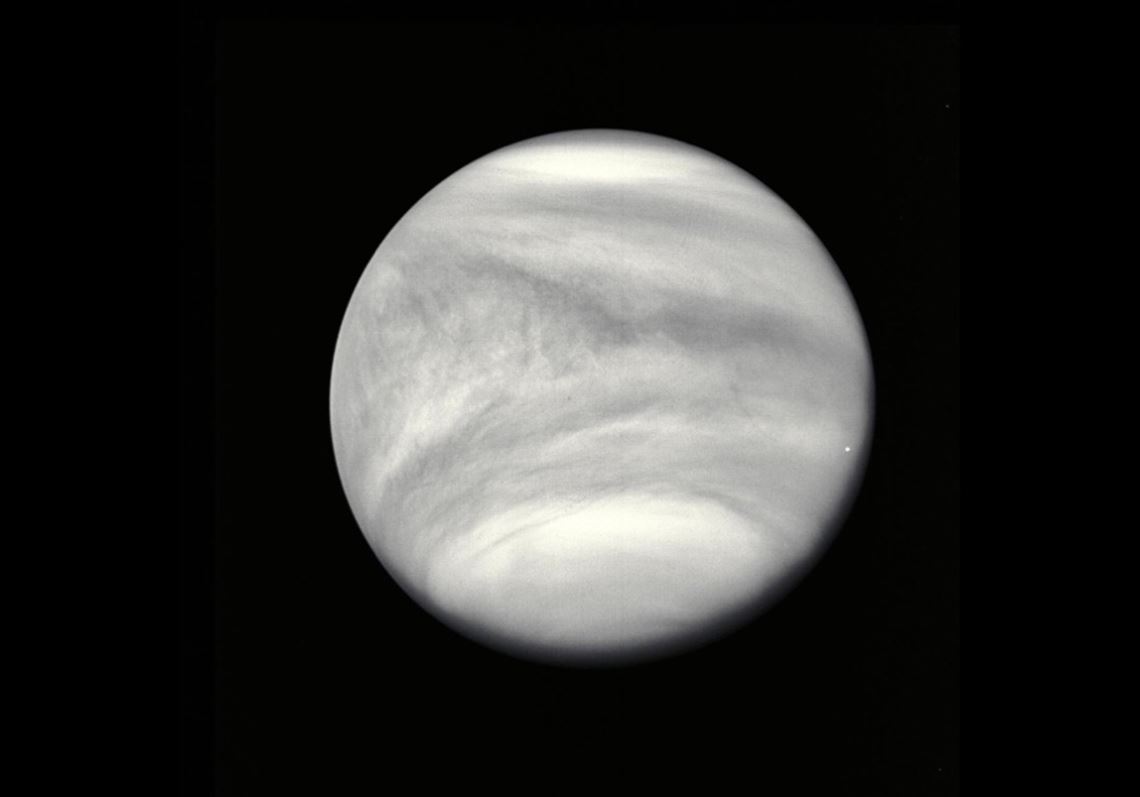It’s the closest planet to Earth, often nicknamed our “sister planet,” and yet its surface remained mysteriously hidden from our view. The thick atmosphere, 95% carbon dioxide topped with sulfuric acid clouds, shielded Venus from spacecraft exploration.
Then, on May 20, 1978, Pioneer Venus launched from Cape Canaveral, and became the first spacecraft to orbit Venus. Seventeen instruments aimed at studying the atmosphere started to draw back the curtain of the unknown. Pioneer Venus was part of a two-part program to explore the Venusian atmosphere. The orbiter remained an observation post around Venus, transmitting data until 1992.
In December 1978, a second spacecraft, the Pioneer Venus Multiprobe, deployed probes to the planet’s surface. Continuously transmitting data while descending, only one of the four made it to the surface and survived little more than an hour once there. The Soviet probe, Venera 14, landed in 1981. Within 57 minutes, the searing 900-degree temperatures and crushing pressure – 90 times that of Earth – obliterated the craft.
Long ago, Venus could have been similar to Earth, but large amounts of carbon dioxide mixed with sulfur dioxide, trapping solar energy and causing a runaway greenhouse effect. Recent studies found that in the high atmosphere, about 50-65 kilometers above the harsh surface, conditions could possibly be more Earth-like than previously thought.
First Published: May 16, 2023, 9:30 a.m.














